
A number of our expeditions explore marine heritage sites; below are some past expeditions featured on this website that are related to maritime heritage.
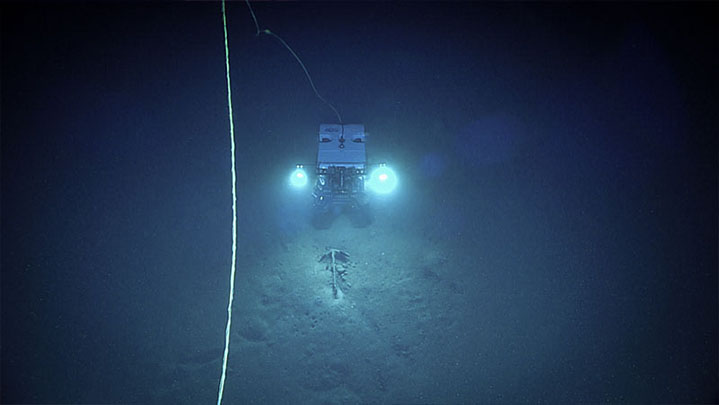
February 23-March 3, 2022, NOAA Ocean Exploration led an expedition in the Gulf of Mexico and the western Straits of Florida to “shake down” the mission and related systems on NOAA Ship Okeanos Explorer.
Read more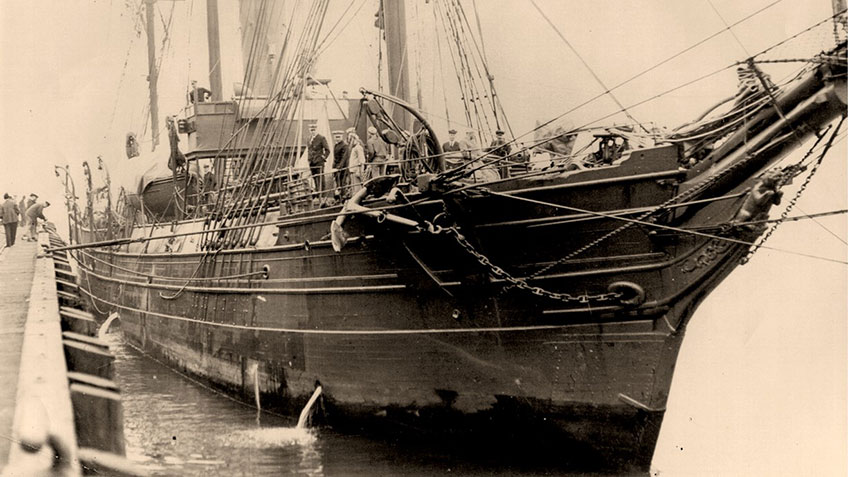
From September 14-28, 2019, NOAA and the U.S. Coast Guard searched for the U.S. Revenue Cutter Bear. USRC Bear, which served nearly 80 years in the Revenue Cutter Service, the Coast Guard, and the Navy, has a rich history of meritorious service in the Arctic, the North Atlantic, and Antarctica.
Read more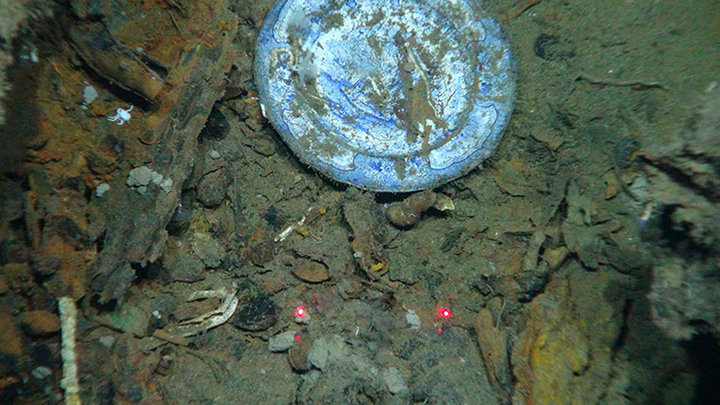
Stowaways hide aboard a vessel as a means of (free) transportation. During a nine-day expedition on board the R/V Point Sur, scientists from the University of Southern Mississippi, the Bureau of Ocean Energy Management, and the Naval Research Laboratory discovered and characterized two unexplored, wooden-hulled shipwrecks in the Gulf of Mexico, and study the microbial stowaways living secretly on and around them, to explore how shipwrecks shape the microbial biodiversity of the deep sea.
Read more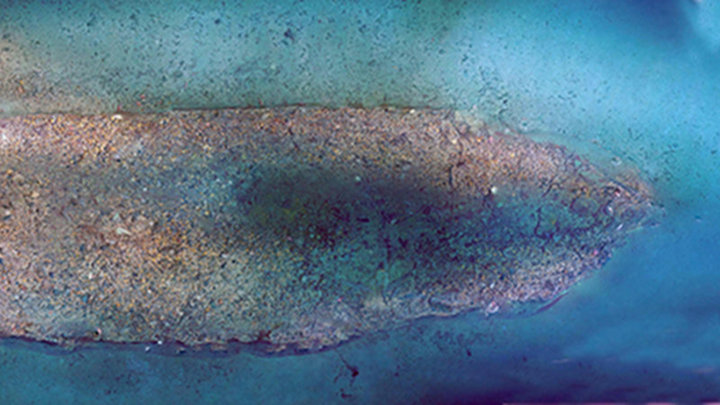
On May 12, 2019, NOAA Ship Okeanos Explorer set sail for a 13-day shakedown and sea-trial expedition in the Gulf of Mexico. On May 16, while conducting an “engineering dive” to test new remotely operated vehicle (ROV) equipment, the team made an unexpected—and exciting—discovery: the wreck of what is likely a mid-19th century wooden sailing vessel.
Read more
The Aleutian campaign was the sole World War II campaign fought on North American soil, and Kiska Island, along with Attu Island to the west, are the only United States territories occupied by foreign forces in the last 200 years. While the terrestrial battlefield is well documented, the maritime component remains largely unexplored. This team built on existing archaeological and historical data to explore one of the least studied, yet most significant sites of World War II.
Read more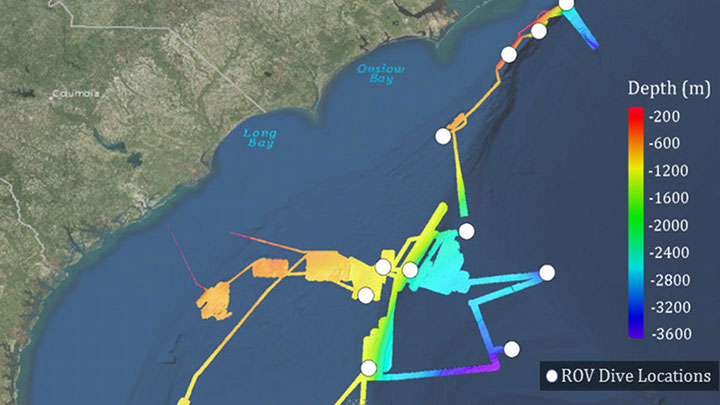
NOAA and partners conducted an expedition on NOAA Ship Okeanos Explorer to collect critical baseline information about unknown and poorly understood deepwater areas of the Southeastern United States.
Read more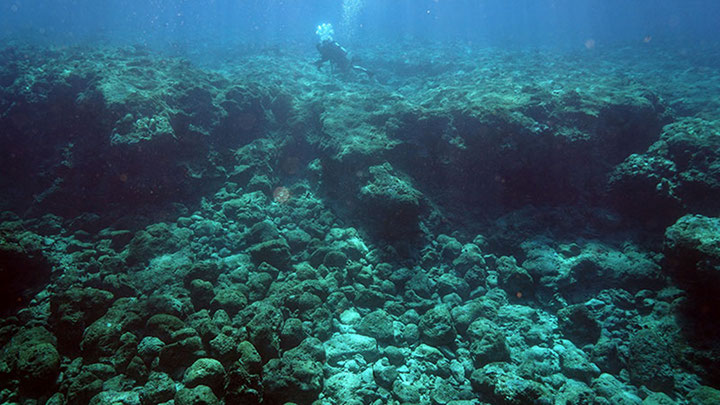
At 0800 on September 15, 1944, the first waves of men in 73 amphibious tractors started for the beaches of Peleliu, one of the Palau Islands of the western Pacific. This project was the first of its kind in Peleliu to explore the landing beaches and fringing reef by conducting a comprehensive, systematic remote sensing search for the material remains from this forgotten battlefield.
Read more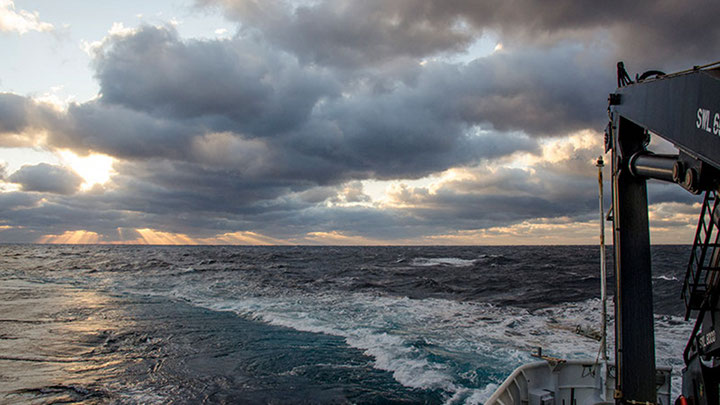
From November 29 through December 21, 2017, a team of scientists and technicians, both at-sea and shore-based, conducted exploratory investigations into the diversity and distribution of deep-sea habitats and associated marine communities in the Gulf of Mexico basin.
Read more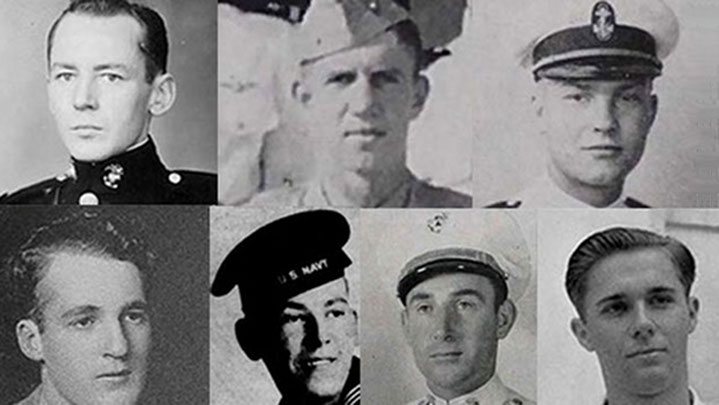
From May 2 - May 16, scientists explored sunken aircraft associated with the Battle of Midway, adding an important maritime heritage component to our understanding of the broader history of World War II in the Pacific. This year is the 75th anniversary of the battle, and this project aims to raise awareness and honor the legacy of the brave men who helped to turn the tide in the Pacific during the course of the Battle of Midway.
Read more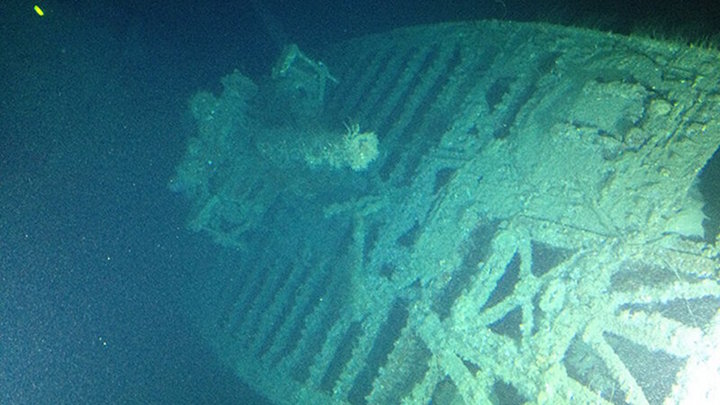
This project aimed to characterize the remains of a World War II naval battlefield off the coast of North Carolina for its historical and ecological importance.
Read more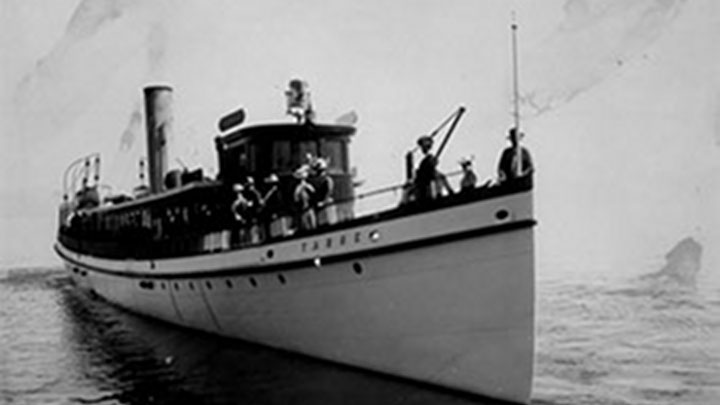
On June 7-8, 2016, an expedition team used OpenROV submersibles to explore the SS Tahoe shipwreck in Lake Tahoe and engage virtual citizen explorers online.
Read more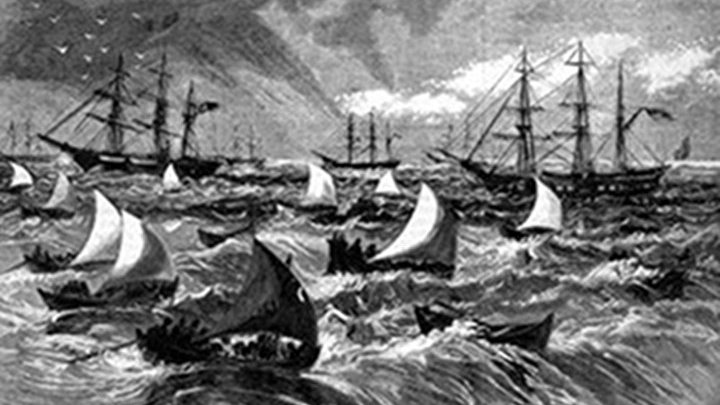
In August 2015, a team headed to the nearshore waters of the Chukchi Sea to comprehensively map a particularly important place in this Western Arctic landscape where, in 1871 and 1876, around 50 whaling ships were abandoned and lost.
Read more
During the late summer of 2014, a team of maritime archaeologists from the Lighthouse Archaeological Maritime Program embarked on a mission to discover the lost French Fleet of 1565 off the coast of Florida.
Read more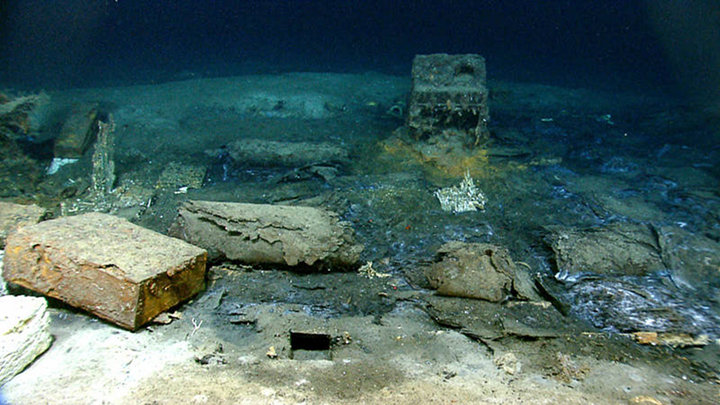
A team of scientists and technicians conducted exploratory investigations on the diversity and distribution of deep-sea habitats and marine life in the Gulf of Mexico. This was the third leg of a 59-day expedition focused on acquiring data on priority exploration areas identified by the ocean management and science communities.
Read more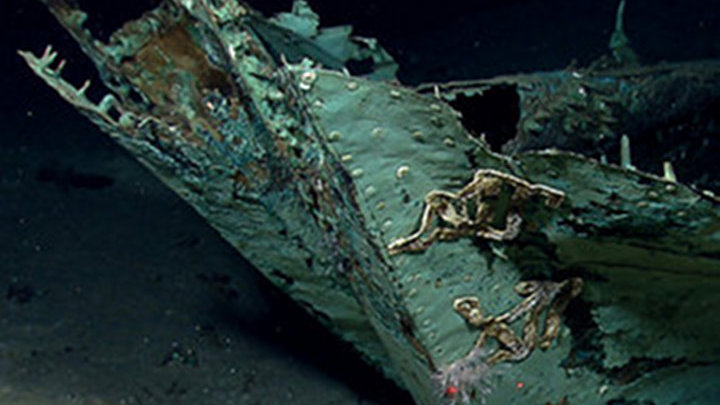
In 2013, the Ocean Exploration Trust's Exploration Vessel Nautilus returned to the Gulf of Mexico to investigate an early 19th century wooden shipwreck first explored by NOAA Ship Okeanos Explorer in 2012.
Read more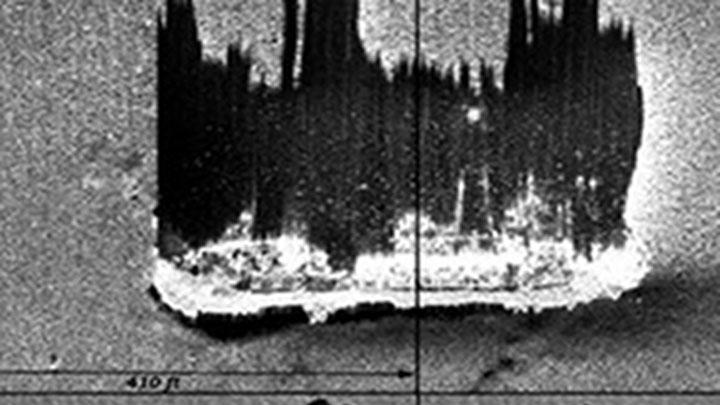
A team of scientists and technicians conducted exploratory investigations on the diversity and distribution of deep-sea habitats and marine life in the northern Gulf of Mexico. The 56-day expedition was divided into three 'legs.'
Read more
In August 2010, a team lead by members from Thunder Bay National Marine Sanctuary set out to discover new shipwrecks sites in Lake Huron using cutting-edge sonar mounted on a free-swimming autonomous underwater vehicle.
Read more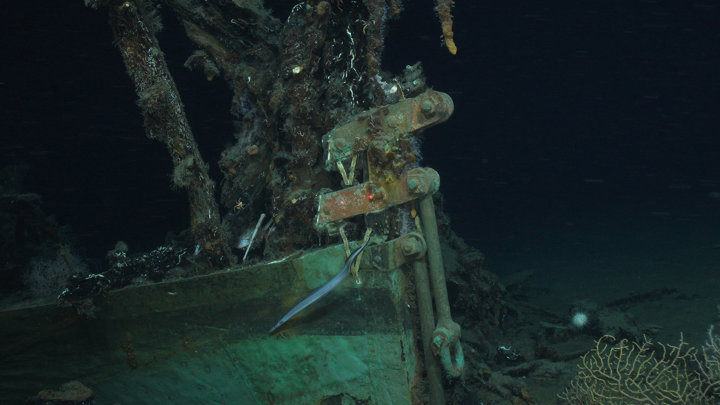
During the third cruise of this four-year project, a team explored new areas of the Gulf of Mexico in search of coral communities with the goal of developing tools to better predict the occurrence of corals and to understand why they occur where they do.
Read more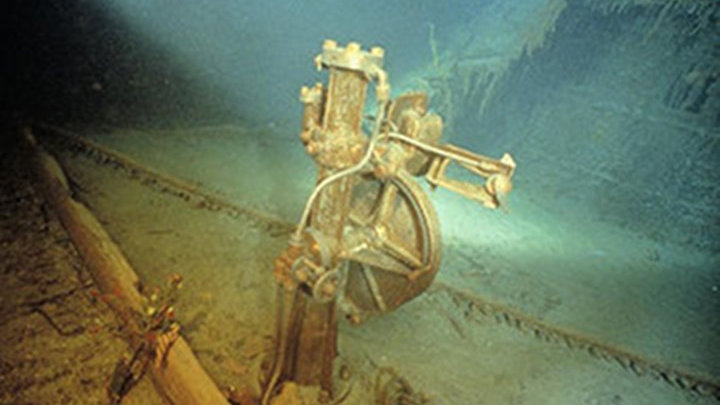
NOAA Ocean Exploration conducted two field expeditions to explore the RMS Titanic, collecting and disseminating from the sunken ship. This page provides access to content from the two missions.
Read more
On Nov. 26, 1898, the steamship Portland left India Wharf in Boston for Portland, Maine, on a regularly scheduled run; she never made it to port. During this 2003 expedition, a team conducted the first surveys of the Portland since its location was confirmed in within NOAA’s Stellwagen Bank National Marine Sanctuary off the Massachusetts coast.
Read more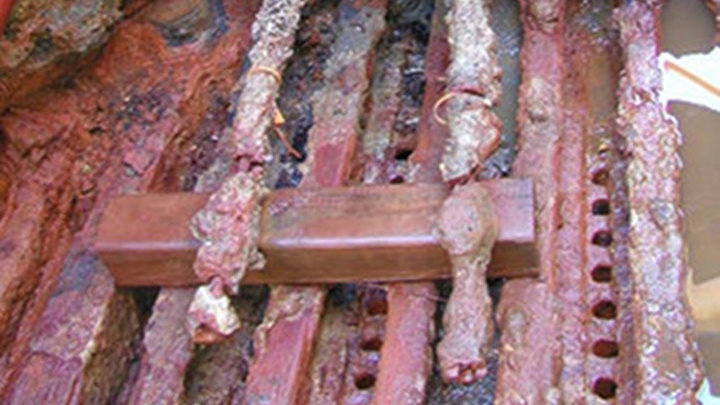
The 140-year-old USS Monitor gun turret was recovered from the bottom of NOAA’s Monitor National Marine Sanctuary off the coast of North Carolina during this 41-day expedition that brought the Civil War relic to the museum for further excavation and conservation.
Read more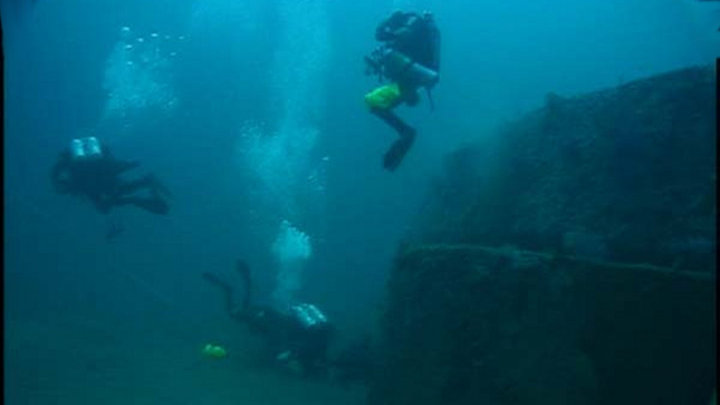
The USS Monitor, launched early in the American Civil War, has been called the U.S. Navy’s first modern warship. In 1975, her sunken and rusting hull became America’s first national marine sanctuary. These pages chronicle a five-month effort by Navy divers to recover the Monitor’s innovative steam engine and a section of her hull.
Read moreThe above items are only a selection of the educational materials highlighting maritime heritage on our website.
View More